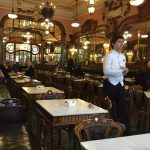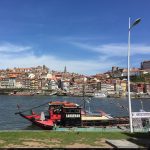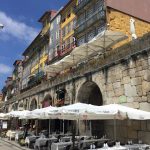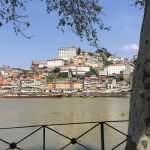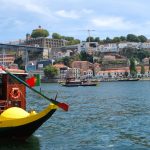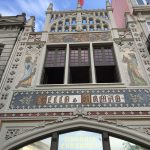
In Portuguese, the name of the city is spelled “O Porto”; English: the port. Consequently, its English name evolved from a misinterpretation of the oral pronunciation. It is said that its combined Celtic-Latin name, Portus Cale, is the origin of the name Portugal.
Porto is a coastal city in northwest Portugal known for its stately bridges and port wine production. It is the second largest city in Portugal after Lisbon and one of the major urban areas of the Iberian Peninsula.
It is located along the Douro River estuary in Northern Portugal and is one of the oldest European cities. Its historical centre was proclaimed a UNESCO World Heritage Site in 1996. The western part of its urban area extends to the coastline of the Atlantic Ocean. It is known to have been an outpost of the Roman Empire.
In the medieval Ribeira (riverside) district, its narrow cobbled streets wind past merchants’ houses and cafés. São Francisco Church is known for its lavish baroque interior with ornate gilded carvings and the palatial 19th-century Palácio de Bolsa, formerly a stock market, was built to impress potential European investors.
One of Portugal’s internationally famous exports is port wine, named after the the place it comes from! The port lodges of Vila Nova de Gaia, on the south bank of the Douro River were responsible for the packaging, transport and export of the fortified this wine.
Whether it’s the cafés and restaurants, port houses, shopping, stunning architecture, awe inspiring bridges, history, a trip up the river, music, culture or ancient churches that take your fancy, Porto has plenty to keep you busy for many happy hours.


